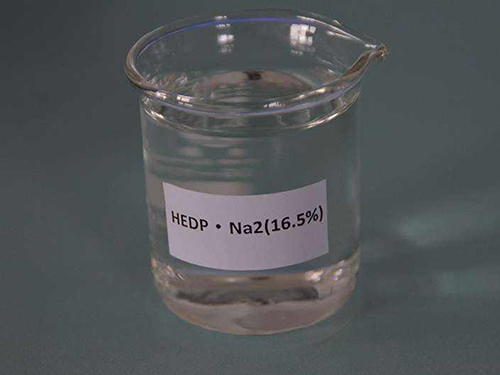Understanding Poly Aluminum Chloride and Its Applications in Water Treatment and Industrial Processes
What is Poly Aluminum Chloride?
Poly Aluminum Chloride (PAC) is a widely used coagulant in water treatment processes, particularly in drinking water purification, wastewater treatment, and sludge dewatering. Known for its efficiency and effectiveness, PAC has emerged as a preferred choice for various industries due to its versatile application, cost-effectiveness, and environmental compatibility.
Composition and Properties
PAC is a chemical compound that belongs to a group of aluminum-based coagulants. It is produced by the polymerization of aluminum chloride (AlCl3) and involves the addition of aluminum hydroxide (Al(OH)3) in a controlled process. This results in a product that has a variable molecular weight, which can influence its performance in water treatment applications.
One key feature of PAC is its higher charge density compared to traditional aluminum salts like aluminum sulfate. This property allows PAC to effectively neutralize the negative charges present on suspended particles in water, leading to improved coagulation and flocculation. The presence of multiple aluminum ions in the PAC structure also enhances its capacity to form larger flocs, which can easily be removed from the water.
Applications
PAC's applications span across multiple sectors. In municipal water treatment, it is primarily used to remove impurities, such as suspended solids, organic matter, and colloidal particles, thereby improving water clarity and quality. When added to water, PAC causes the particles to clump together into larger aggregates or flocs, which can then be effectively filtered out.
In industrial applications, PAC is utilized in various processes, including papermaking, textile dyeing, and oil and gas extraction. Its ability to adjust pH levels and precipitate contaminants makes it an essential component in these manufacturing processes. In addition, it is also used in the treatment of industrial effluents to comply with stringent environmental regulations.
what is poly aluminum chloride

Advantages of PAC
One of the most significant advantages of using Poly Aluminum Chloride in water treatment is its effectiveness at a lower dosage compared to traditional coagulants. This not only reduces the operational costs associated with chemical usage but also minimizes the amount of sludge generated from the treatment process. Less sludge means lower disposal costs and reduced environmental impact.
Furthermore, PAC exhibits excellent performance in a wide range of pH levels and temperatures. This adaptability makes it suitable for various water sources, including surface water, groundwater, and wastewater. Additionally, PAC's lower solubility in water leads to a gradual release of active coagulant, thus enhancing its efficiency over time.
Environmental Impact
With growing concerns over environmental sustainability, PAC is recognized for its relatively low environmental footprint. Unlike some other coagulants that can release harmful aluminum ions into water systems, PAC tends to form stable complexes that do not leach toxic substances. This makes it a safer alternative for both human health and aquatic ecosystems.
Moreover, due to its effectiveness at lower dosages, the overall chemical usage is reduced, minimizing the potential for chemical pollution. The production and use of PAC also generate fewer greenhouse gases compared to traditional mineral-based coagulants, thereby contributing positively to climate goals.
Conclusion
In summary, Poly Aluminum Chloride is an essential chemical in water treatment and various industrial applications due to its effective coagulation properties. Its superior performance, adaptability to different conditions, and lower environmental impact make it a preferred choice for water purification processes. As industries worldwide continue to seek innovative and sustainable solutions, the role of PAC is likely to grow, underscoring the importance of this versatile chemical in promoting cleaner water and a healthier environment.
-
Water Treatment with Flocculant Water TreatmentNewsJun.12,2025
-
Polymaleic AnhydrideNewsJun.12,2025
-
Polyaspartic AcidNewsJun.12,2025
-
Enhance Industrial Processes with IsothiazolinonesNewsJun.12,2025
-
Enhance Industrial Processes with PBTCA SolutionsNewsJun.12,2025
-
Dodecyldimethylbenzylammonium Chloride SolutionsNewsJun.12,2025





